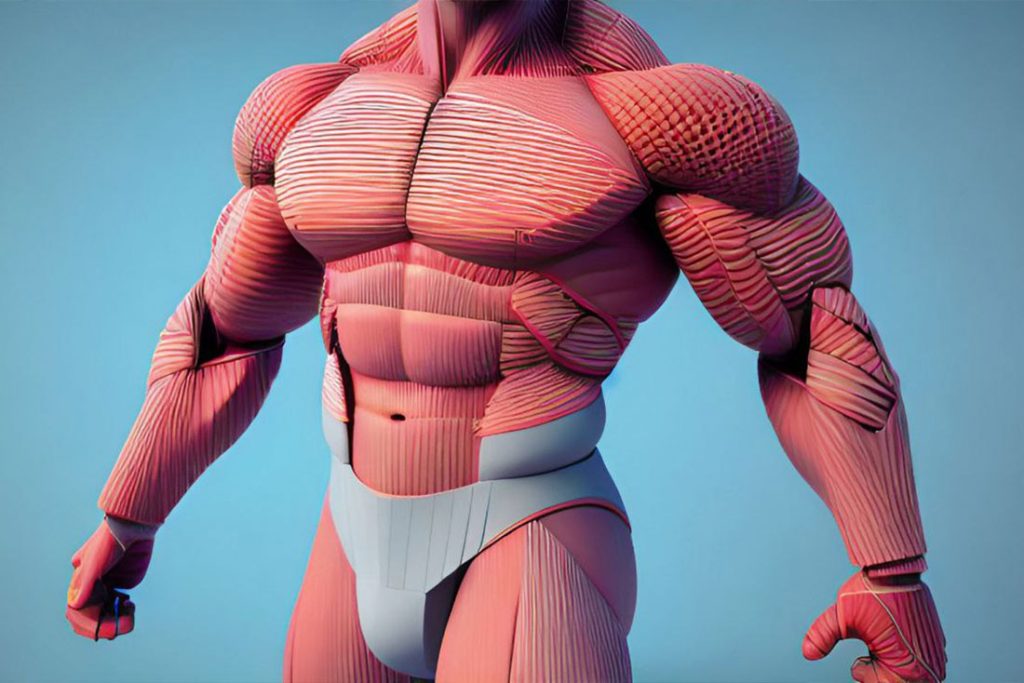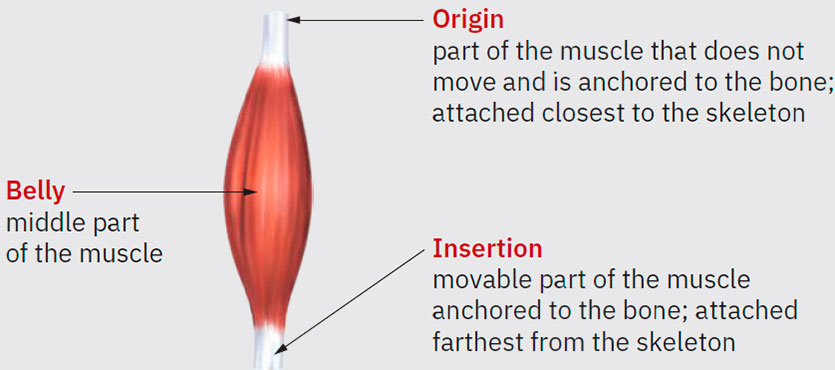Understanding Muscle Anatomy in Cosmetology
Cosmetologists need a fundamental understanding of human anatomy to provide the best possible services to their clients. This includes an understanding of the muscular system, given its pivotal role in a myriad of cosmetic treatments and procedures. To ensure safe and effective services, cosmetologists need to know the structure and function of muscles, particularly the three key parts of a muscle: the belly, the origin, and the insertion.

Muscle Anatomy
Understanding the Three Parts of a Muscle
Muscle Belly
The belly, or body, of a muscle is its central, fleshy part. This portion is made up of muscle fibers that contract and relax to produce movement. When you visualize a muscle, it is typically the belly that comes to mind – it’s the bulge you see in your biceps when you flex your arm. Understanding the belly’s location is crucial for cosmetologists when massaging or applying treatments to relax and rejuvenate the muscle.
Muscle Origin
The origin is the fixed end of a muscle, typically attached to a bone that remains stationary during muscle contraction. When we move, our muscles contract and pull on the bones to which they are attached. However, the bone at the muscle’s origin typically remains unmoved. For cosmetologists, the knowledge of muscle origins can be particularly useful during services that involve stretching or massaging muscles to release tension.
Muscle Insertion
The insertion is the movable end of a muscle, typically connected to the bone that moves when the muscle contracts. In a facial, for instance, the cosmetologist might employ certain techniques that manipulate the muscles’ insertion points to promote relaxation and improve circulation. Hence, a solid understanding of muscle insertions can help cosmetologists provide more precise and effective services.

Applications in Cosmetology
Knowing the parts of a muscle allows cosmetologists to apply techniques more effectively and with greater safety. For instance, during a facial massage, understanding the muscles’ origin and insertion points can guide the direction of the massage strokes to encourage relaxation and improve circulation. Moreover, awareness of the muscle belly’s location can aid in the application of treatments, ensuring they are targeted at the muscle’s largest and most responsive area.
Safety Considerations
A robust understanding of muscle anatomy also underpins the safety of clients. Cosmetologists can avoid causing unnecessary discomfort or injury by understanding the locations and functions of the belly, origin, and insertion of a muscle. This knowledge ensures they apply pressure and manipulations safely, avoiding areas of potential vulnerability.
Cosmetologists need a comprehensive understanding of the muscular system, including the functions and locations of muscle bellies, origins, and insertions, to ensure the safety and satisfaction of their clients. This knowledge enables them to apply techniques more precisely and effectively, ensuring their clients receive top-tier services, whether they are seeking relaxation, rejuvenation, or both. With anatomy as the foundation, cosmetologists can elevate their services and continue to drive the industry forward.






